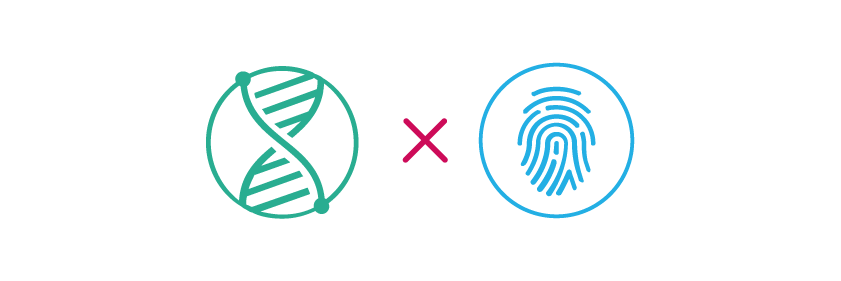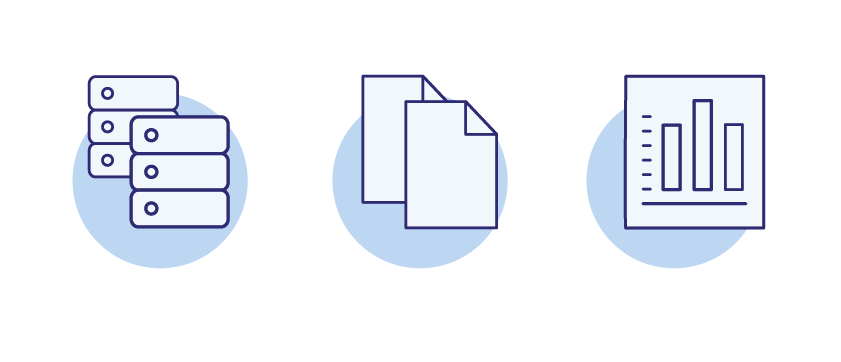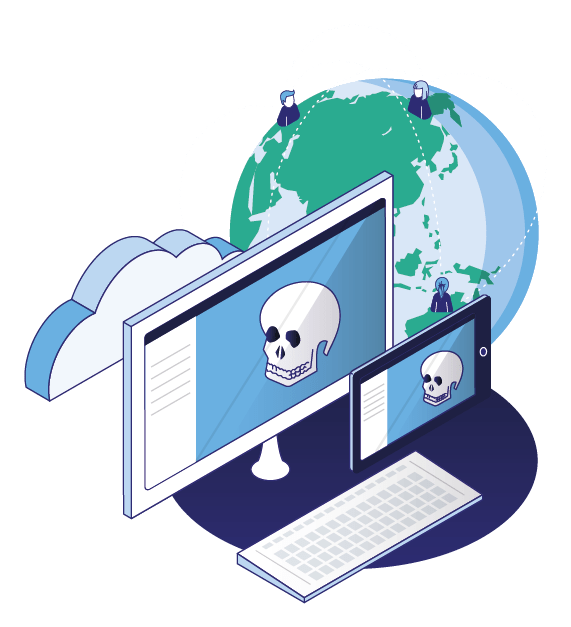Skeleton·ID Core
The Skeleton·ID Core integrates the Virtual Lab, database management for cases as well as tools for report generation, user management, and statistics. The functionality of the Core can be expanded with AI-automation for the different identification methods.
THE CHALLENGE
DNA and fingerprint-based identification is non-viable if there is no sufficient antemortem or postmortem data.

SKELETON·ID SOLUTION
CORE
Missing and Unidentified people Database and Virtual Lab, Case Files, Reports, Statistics, Access Management etc.

MODULES
· Craniofacial Superimposition
· Dental Comparison
· Biological Profile
· Comparative Radiography
Enhanced functionality with modules
Optionally available modules automate identification methods with Artificial Intelligence. This allows to drastically decrease human involvement in the identification and decision-making process, leading to faster and more objective results.
Virtual Lab
Provides the tools that facilitate the correct location of cephalometric 2D and craniometric 3D landmarks, establish the Frankfurt plane and the different cranial norms (coronal, sagittal, occipital and basal), the editing of soft tissue direction and thickness, and the analysis of morphological correspondence.
Automatic camera parametrization
Skeleton·ID automatically estimates the focal length of the camera and the distance at which the photo was taken together with the orientation of the subject with respect to the camera and then reproduces the exact conditions of the original image.
Landmarking tools for 2D and 3D
The Virtual Lab provides crosshead tools and auxiliary cross lines to facilitate the precision marking of 2D and 3D anthropometric points. Set the Frankfurt Plane to interact with the 3D model of the skull in multiple views at the same time.
Soft tissue studies
Major tissue thickness studies provide data on adults and subadults of both genders, a variety of populations, and different levels of body fat. Skeleton·ID allows experts to define and modify soft tissue studies and adjust them to specific needs.
Databases and file management
Create databases of missing persons, perform searches on multiple datasets at the same time.

On-Premise and Cloud
Skeleton·ID is available as an on-premise solution or as Software as a Service.
The On-Premise version can be run on own server hardware without internet access and is meant for larger institutions like police forces. The Software as a Service version that is accessible from anywhere and always up-to-date is meant for forensic labs with a lower number of annual cases or educational use.
Both versions use advanced encryption technology, and data security is guaranteed.
Decision support system
The decision support system contains multiple criteria that allow the expert to evaluate the correspondence between the AM and PM information of each case according to the forensic technique used. After the evaluation, the software provides a graphical representation of the assessed criteria to help the expert reach a final decision.
Ranking and filtering
The ranking tool uses the likelihood ratio to quantify the correlation between AM and PM information, assigning a numerical value to every result. The software automatically displays and ranks possible matches. Consequently, Skeleton·ID can be used in scenarios with large numbers of comparisons.
Identification reports
Skeleton·ID allows the export to compile comprehensive PDF reports that visualize the entire decision-making process. Screenshots and custom information can be included, and reports can be adjusted to the individual requirements of your lab.
User management
Manage access rights within the institution
3D models and scanners
Skeleton·ID performs human identification with photos of individuals and 3D models of skulls, faces, and bones. In order to obtain 3D models, multiple options are available: handheld 3D scanners, MRI scanners, or photogrammetry systems consisting of multiple cameras.
